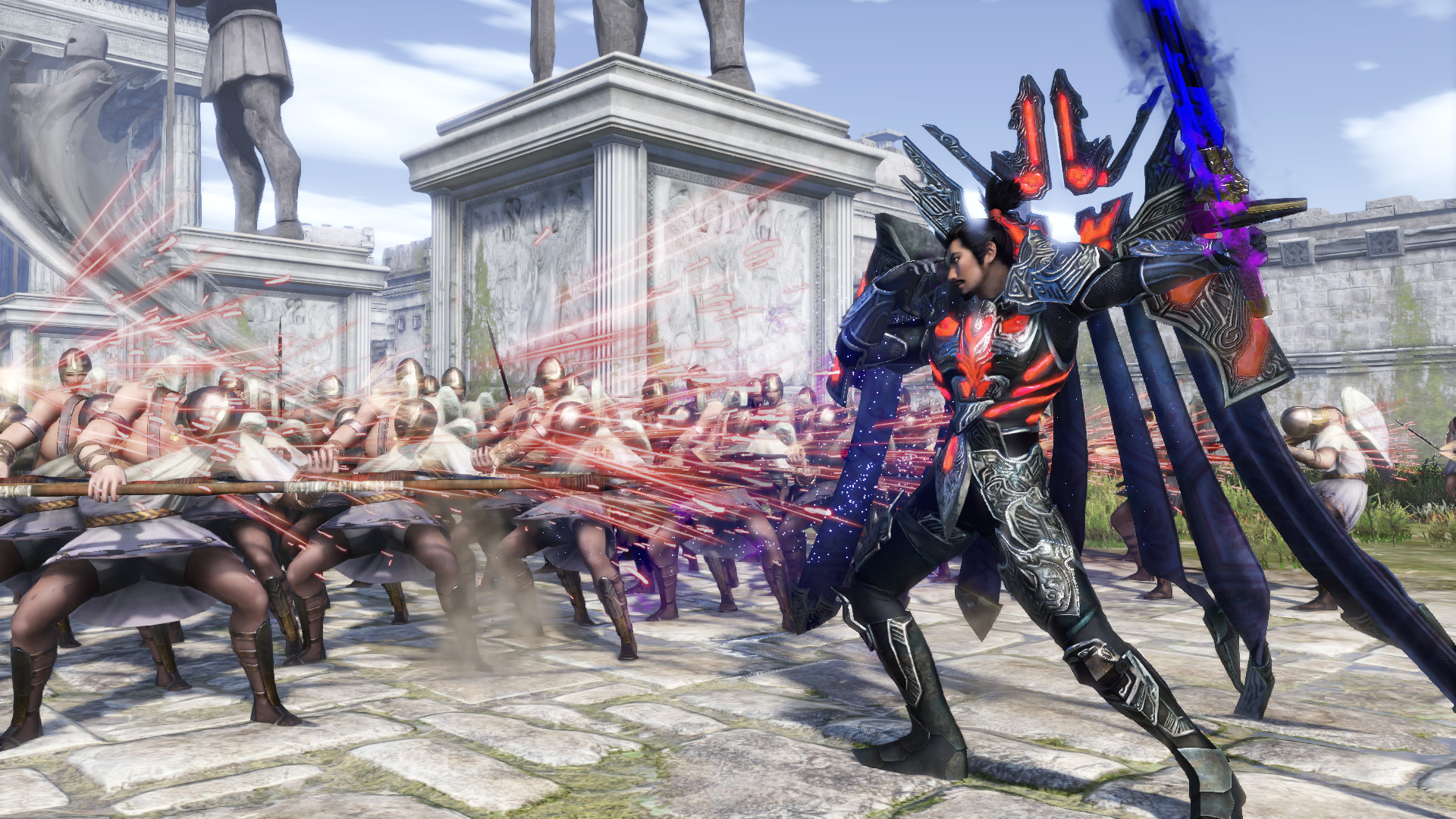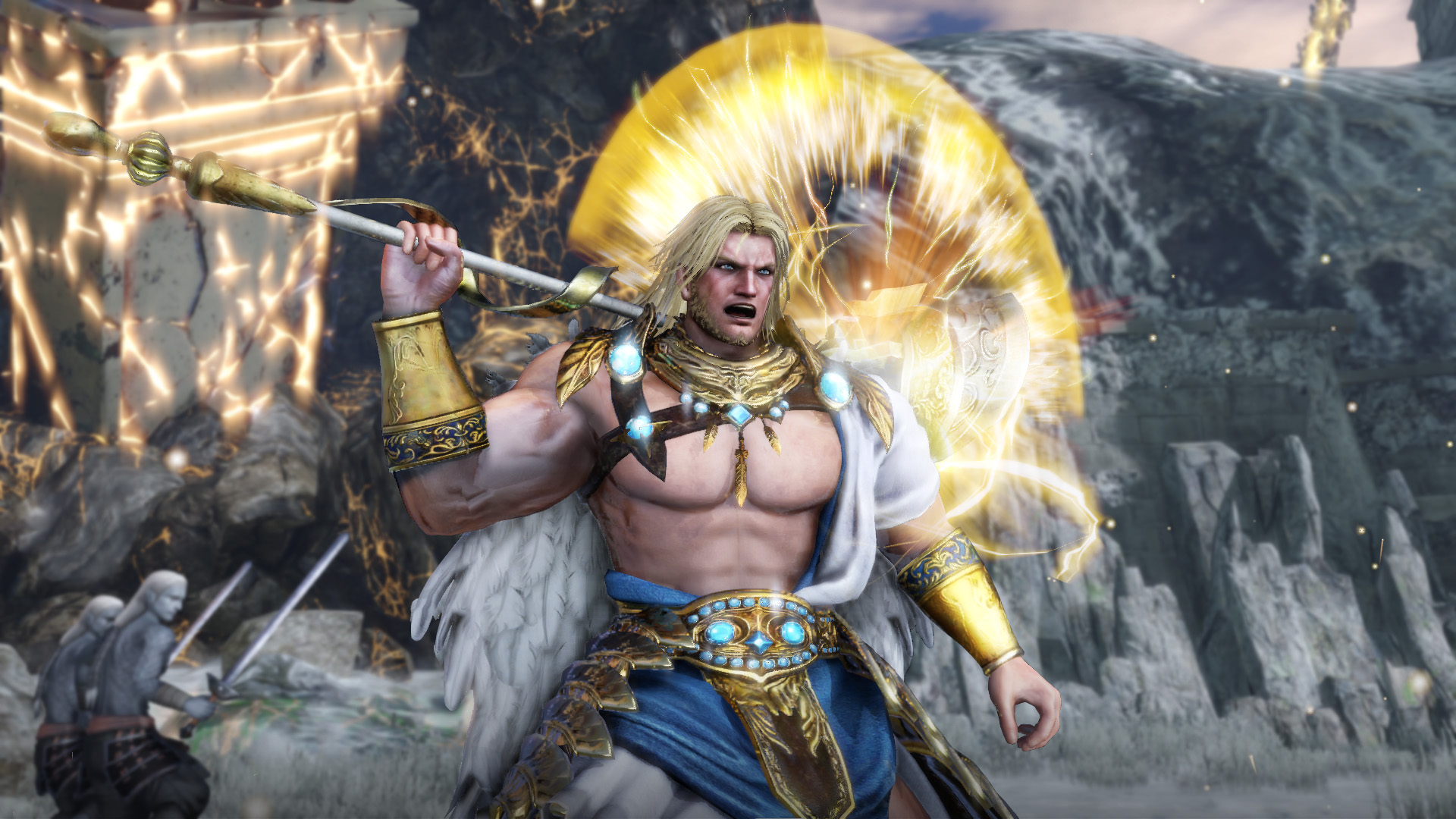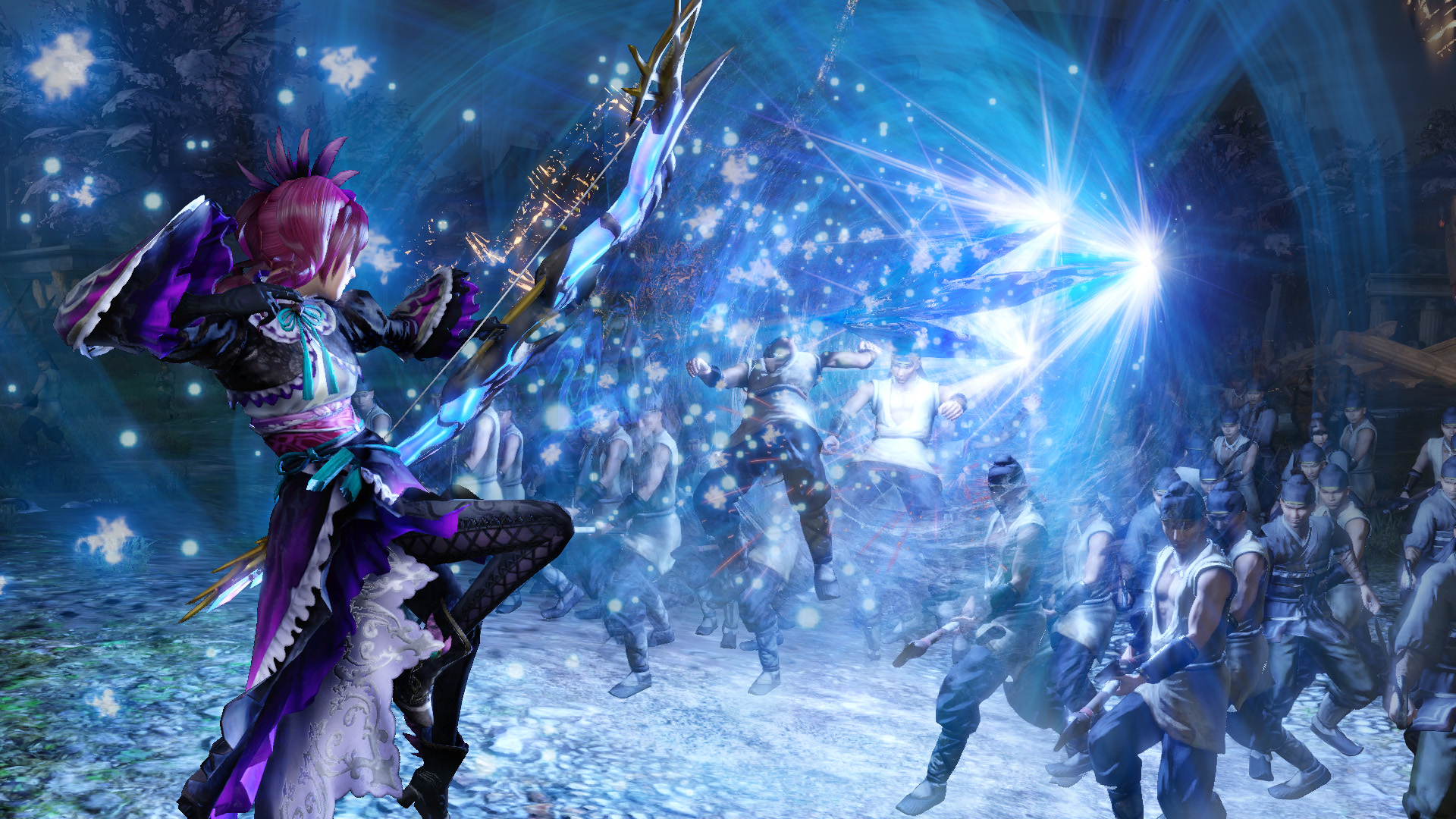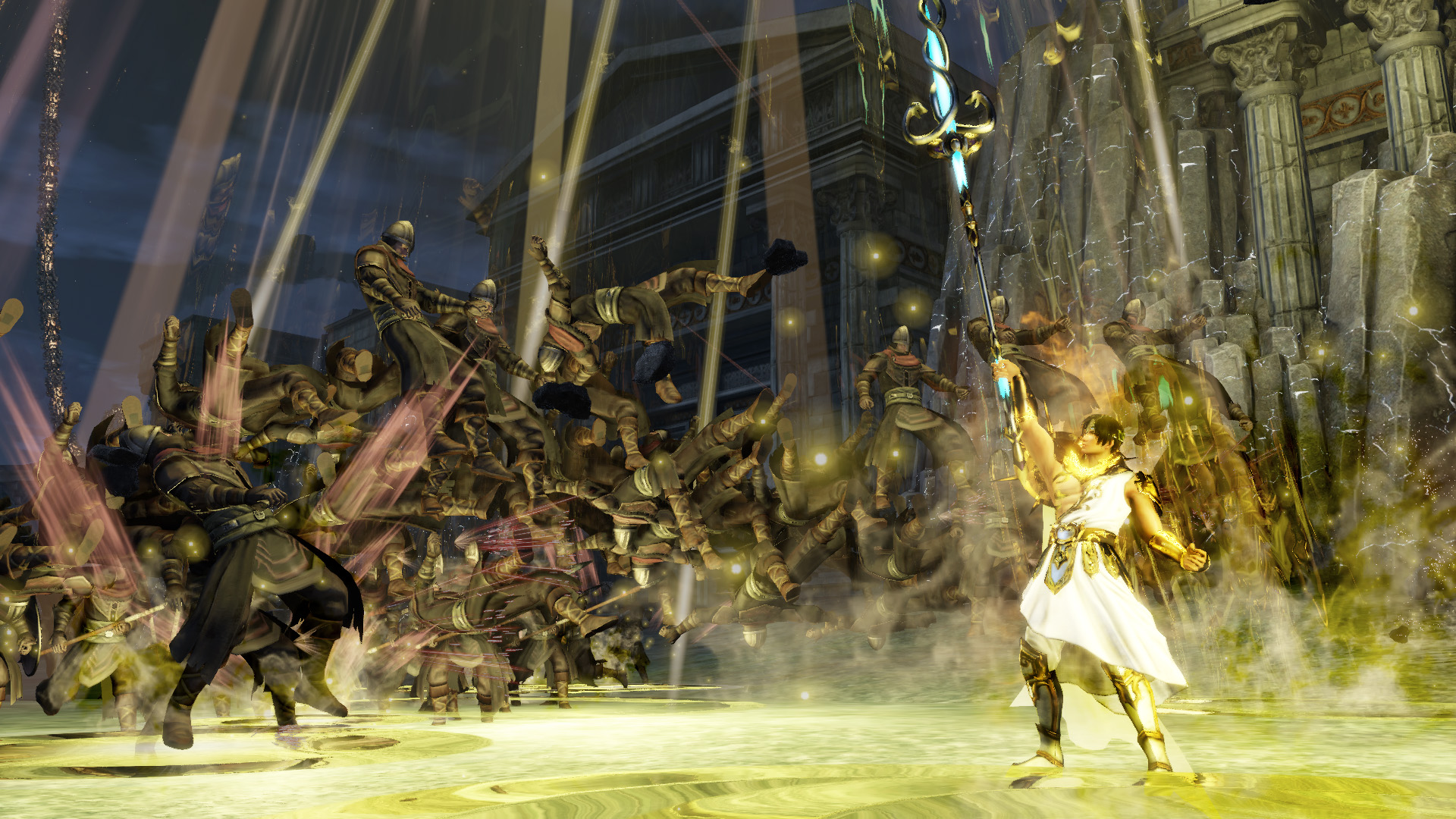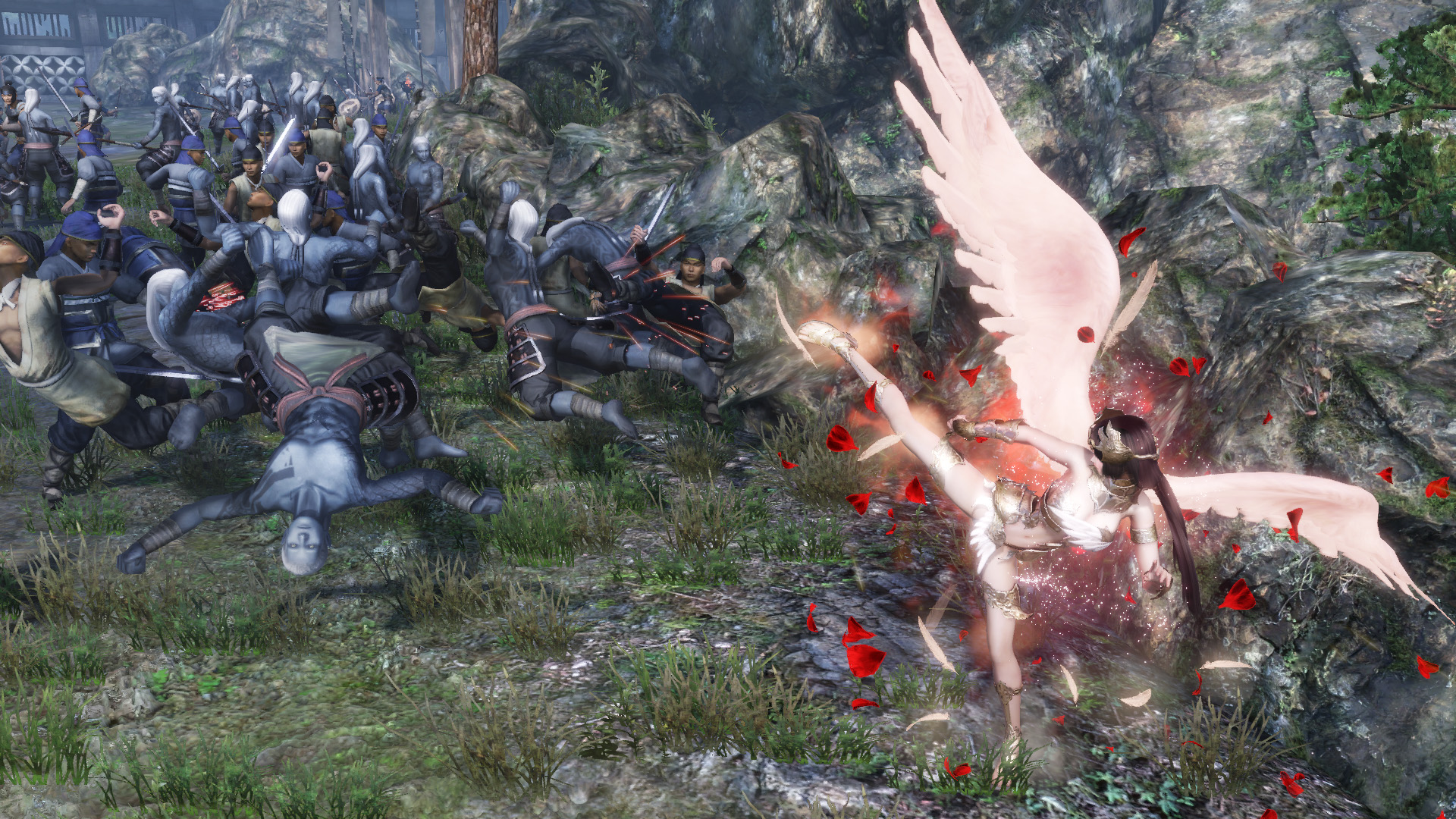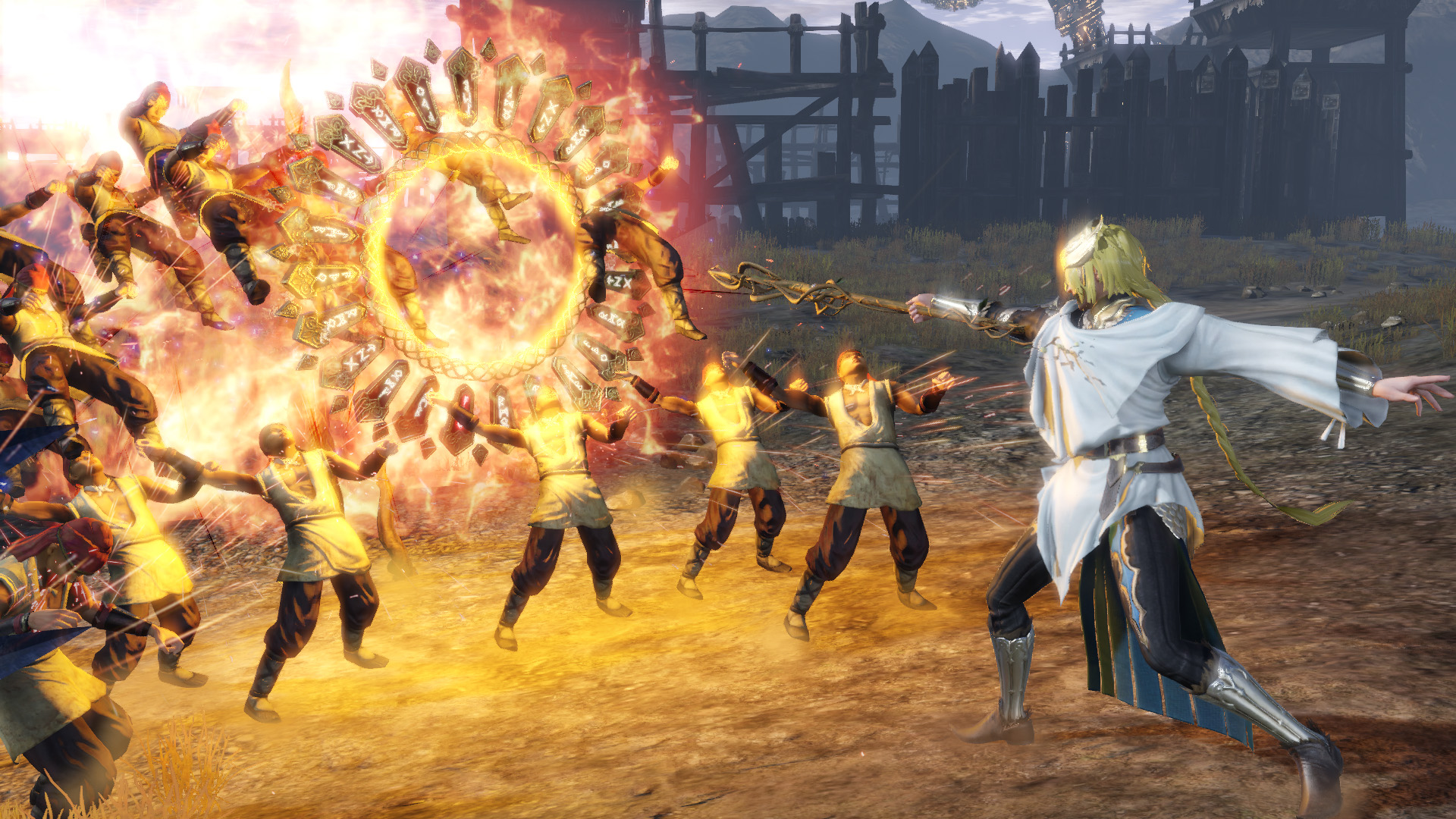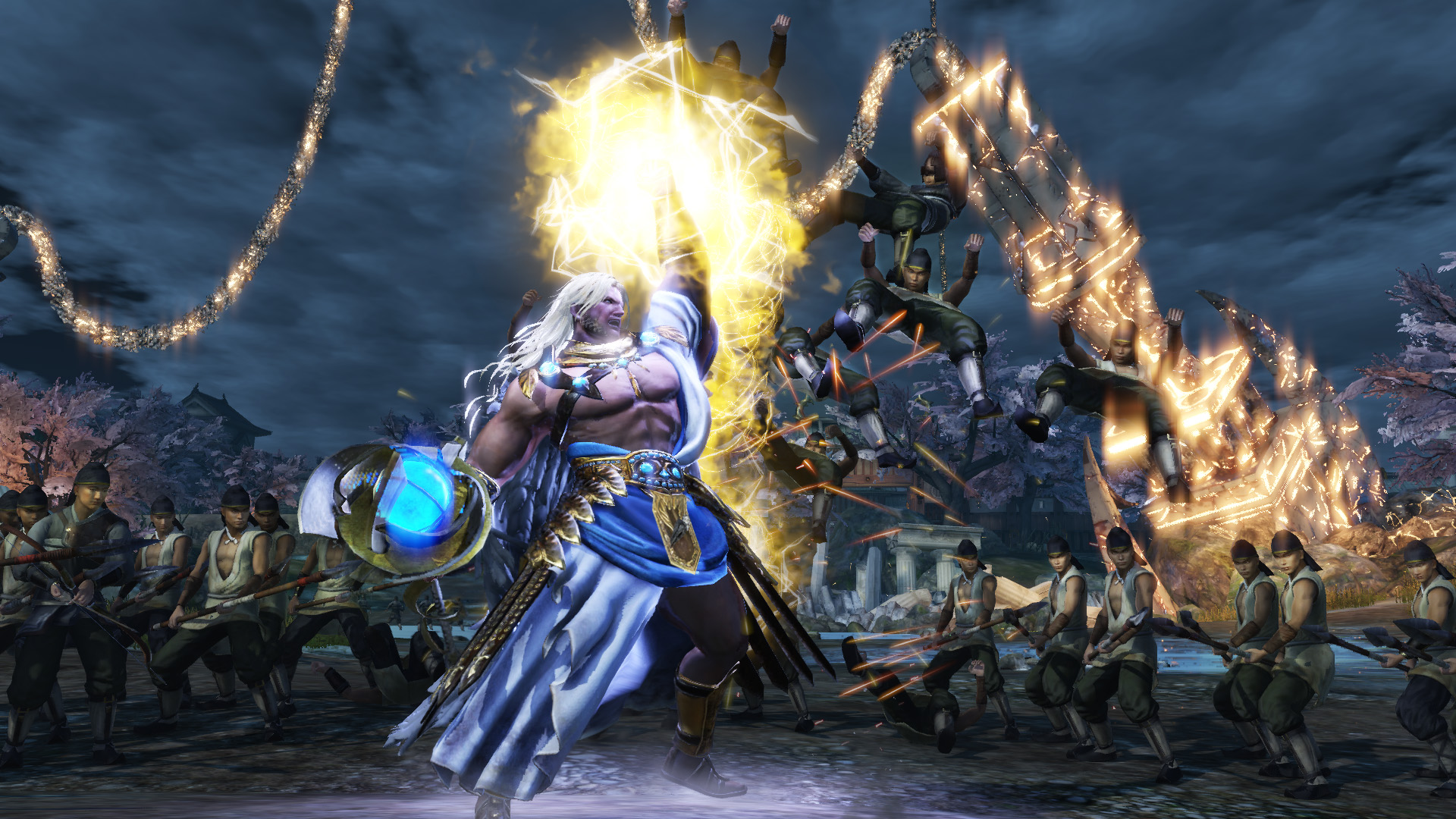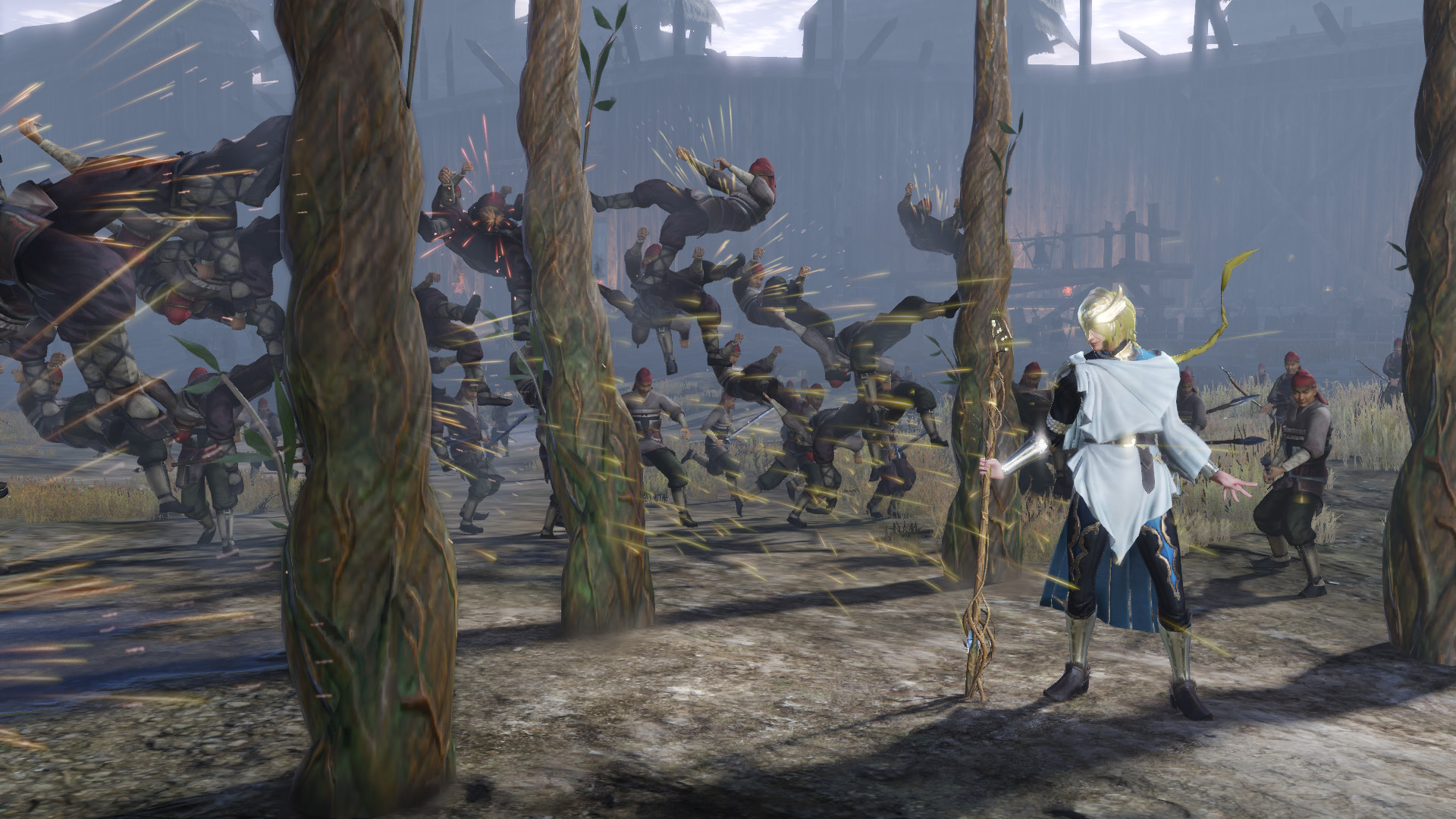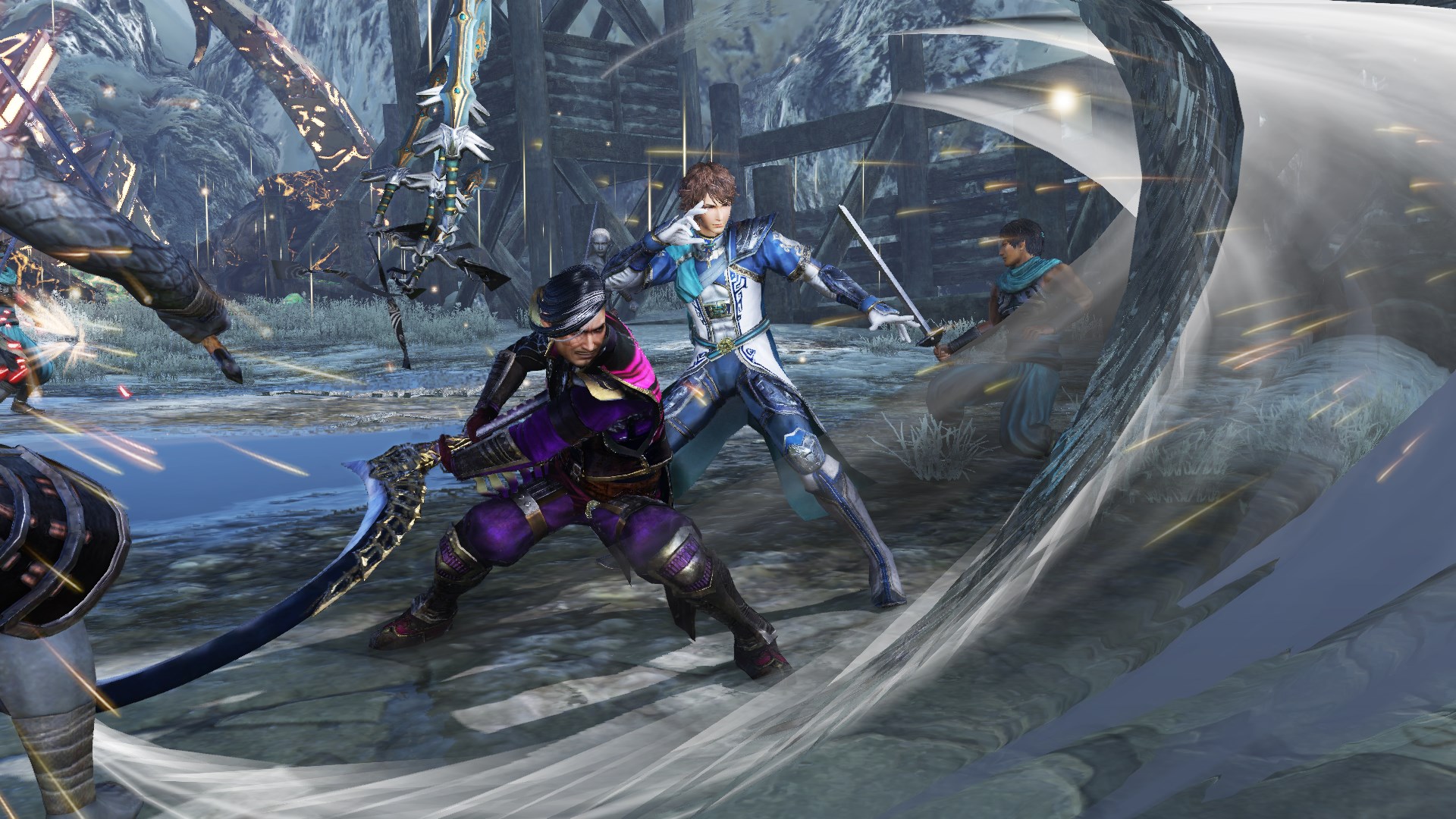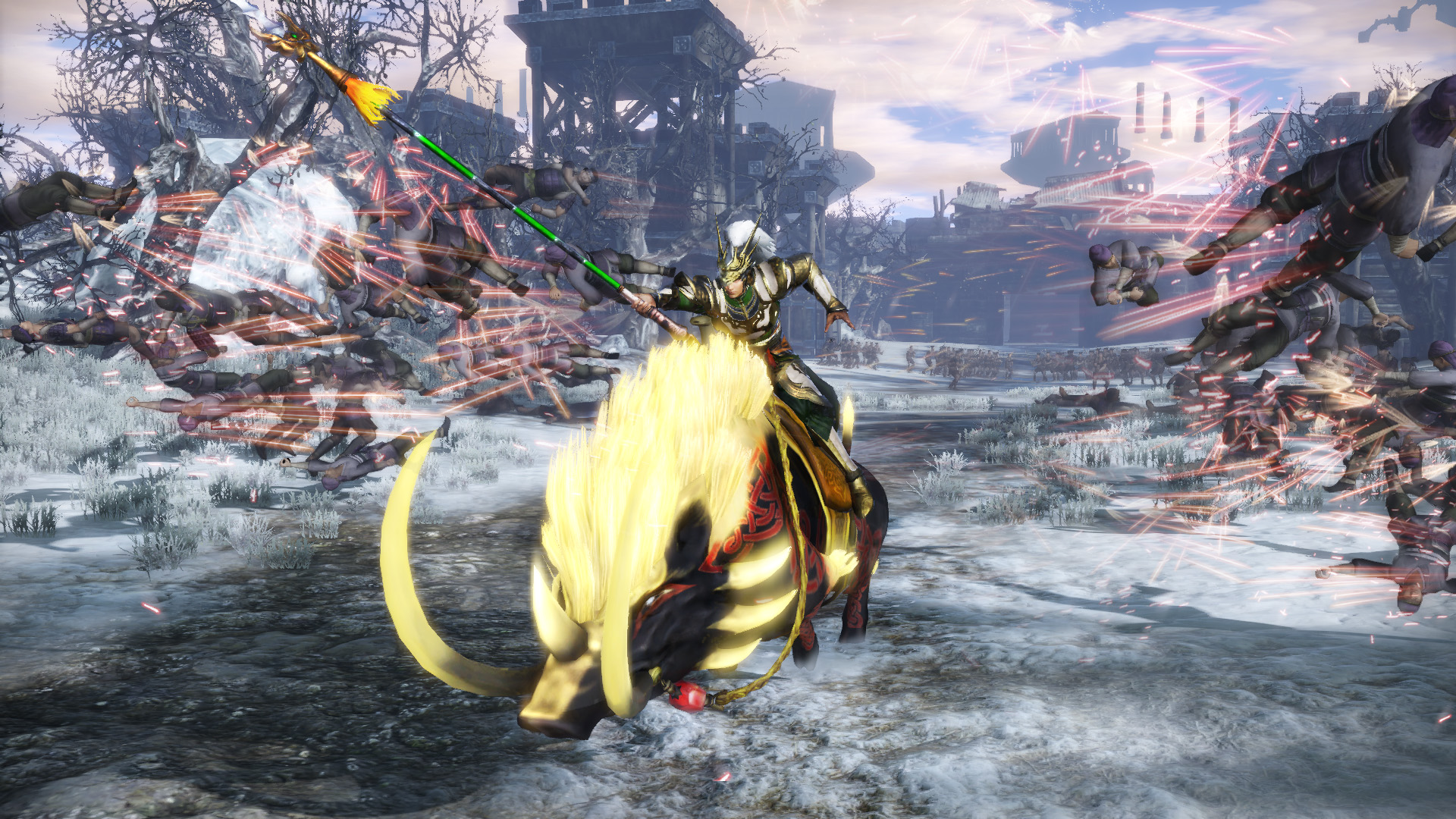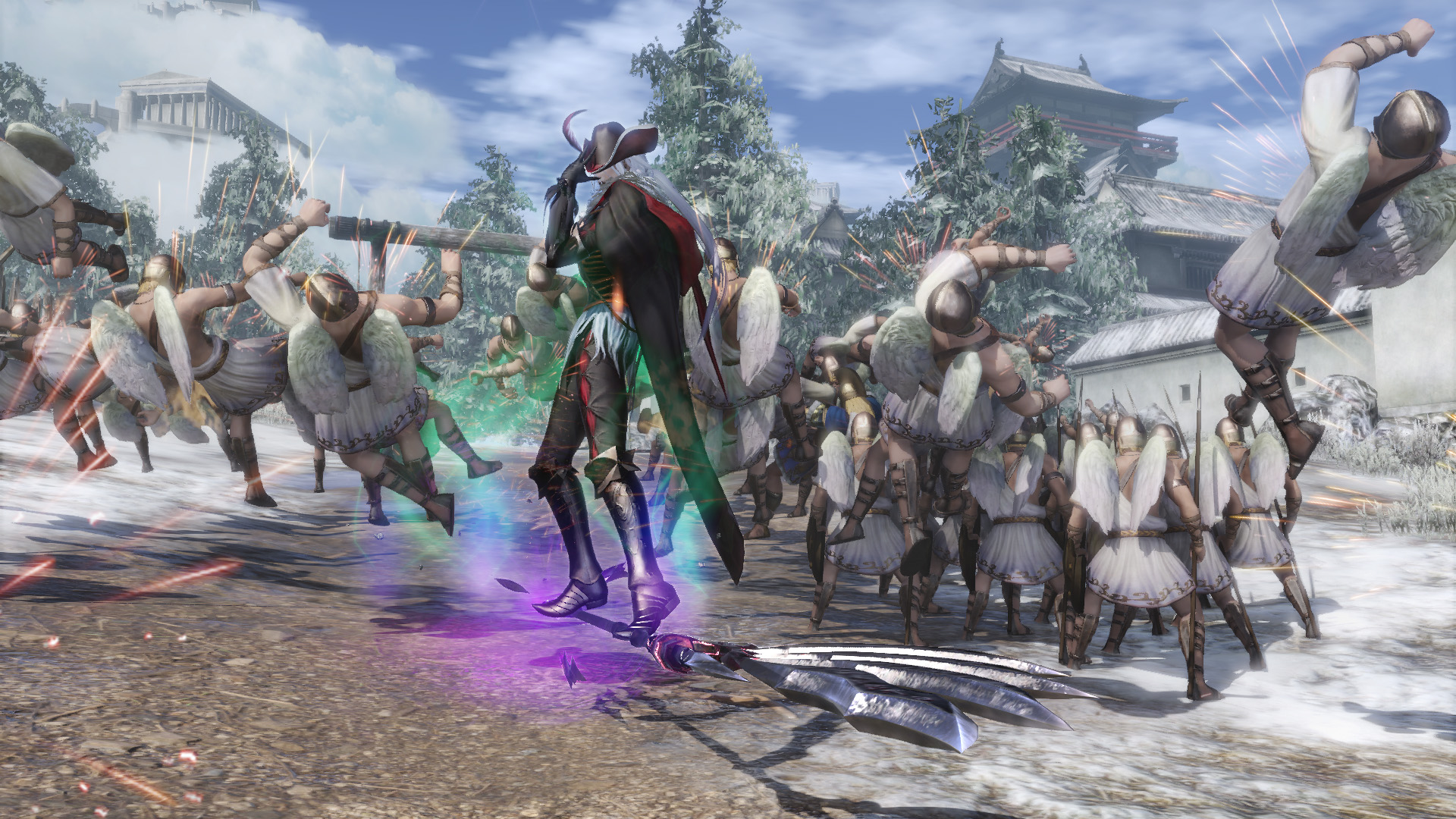Warriors Orochi 4 is the 3rd true entry in the Warriors Orochi series. For those of you who may be unaware, the Warriors Orochi games are nothing but pure, 100% concentrated Warriors fanservice. It’s essentially a massive crossover series bringing characters from both of Omega Force’s flagships games: Dynasty Warriors and Samurai Warriors together in one brand new and glorious universe. The games are best known for their original stories, large casts, and humongous wealth of content – and Warriors Orochi 4 does not disappoint. Read on to find out why.
Editor’s Note: This is a video review coupled with a written review transcript. You can watch or read the review – they’re both the same content.
Warriors Orochi 4
Publisher: Koei Tecmo
Developer: Omega Force
Platform: Windows PC, PlayStation 4 (Reviewed), Xbox One, and Switch
Release Date: October 16th, 2018
Players: 1-2 Players
Price: $59.99
Warriors Orochi 4 contains all the characters from Dynasty Warriors 8 Empires and Samurai Warriors 4-II, which alone is 139 playable characters, but also brings in all original characters from the previous Orochi games as well, bringing roster size to a whopping 170 playable characters.
Each character plays just as they did in the entries that they are pulled from. For example, Samurai Warriors characters like Yukimura Sanada will play exactly how they did in Samurai Warriors 4, and Dynasty Warriors characters like Sun Jian will play exactly as he did in Dynasty Warriors 8.
Thankfully, this means that the player gets to experience the impressive roster without having to deal with the clone character problem, an issue that has plagued the franchise in the past.
All Dynasty Warriors character use their Xtreme Legends weapons and don’t rely on clone movesets. While this is 100% a huge positive, I will admit that I feel incomplete when I see my boy, Ding Feng not using his gloves, but the Ring Blade is cool too.
The one thing that is missing are crossover characters, in Warriors Orochi 3 Ultimate, we saw a handful of characters from other franchises in the world. From Dead or Alive’s Kasumi and Ayane to Soulcalibur’s Sophie, there was something fun about discovering just who Omega Force put in the game, but that does not take away from the fact that this is the most extensive roster to date.
The story of Warriors Orochi 4 is as silly and over the top as fanfiction, but that is what makes the games feel so special, nowhere else would you be able to see what Sun Jian and Shingen Takeda would do if they were friends, it’s that kind of silliness that brings me an extreme sense of joy.
The story is that after the events of Warriors Orochi 3 Ultimate, all the heroes who fought to defeat Orochi and the massive Hydra, were sent back to their respective worlds and time periods with their memories wiped. However, none of our heroes could have possibly known that watching from afar were none other that the Gods of Olympus themselves, led by the main man himself, Zeus.
Now, for those of you who know your Gods, you’ll know that Zeus is quite fond of meddling in the affairs of mortals and this time is no different. He creates a new world, a new dimension, once again pulling the heroes from their time periods and throwing them into his new world to watch them as they fight for control and power.
To aid him in this task, he creates several bracelets, each having the ability to grant its user the capabilities of a demi-God. Zeus’ son, Perseus, sees that his father’s plan will bring suffering to humanity and decides to steal several of the bracelets and flee to the newly created world, losing the bracelets in the process.
The rest of the game revolves around searching for the bracelets, some of which have fallen into the hands of incredibly dangerous foes, as well as searching for clues on just what this mysterious world is, and how to get home.
The story plays out in chapters, each with their own substory to complete. For example, the second chapter of the game revolves around several of the heroes banding together under the combined banners of Liu Bei and Uesugi Kenshin and taking on the mighty army of the Demon King, Oda Nobunaga.
As you progress through the chapters and finish these subplots, the major plot also progresses alongside them. As you complete stages, you will bring more heroes to your cause and unlock them as playable characters.
While it may be unfortunate that some players may not unlock their favorite characters until they are several hours into the game, I for one enjoy this system because it forced me to play characters that I never really took the time to learn to play – like Deng Ai, who ended up becoming one of my favorite characters in all of the musou’s I’ve played.
However, where Warriors Orochi 4 shines is the gameplay. This is the best that a musou game has ever felt. The gameplay is crisp, responsive, fast, and flashy, just like it should be. While both the Dynasty and Samurai Warriors have been slightly altered to work together in the same game, they do not feel gimped or gutted in their playstyles.
Dynasty Warriors characters no longer have their second musou attacks, but got to keep their aerial musou’s as unique moves only to them. On the flip side, Samurai Warriors characters no longer have their special attacks, but they got to keep their hyper attack moves. While both groups did lose abilities, the new system introduced in Warriors Orochi 4 more than makes up for it.
That new system is magic. When the heroes appeared in the new world, they found unique magical weapons, each infused with the powers and abilities of several deities. These can be split into several categories, with each character sharing certain magical attacks.
By pressing a button, the player gains the ability to cast four magical attacks. Their normal and charge/Hyper attack buttons are shared among characters who wield the same artifact, but their musou attacks are unique to them. So, in a sense, every character now has two musou attacks, just like they did in Dynasty Warriors 8 XL.
These magical attacks are incredibly flashy, devastating, and above all else, satisfying. Whether it’s Shingen Takeda spawning a Wrestling rope to bounce off of and clothesline 200 enemies into space, or it’s Deng Ai creating a magic energy beam, every unique magic attack is beautiful to look at and incredible to master.
Just like before, the player selects three heroes to play as during a mission and can swap between them whenever they want with the press of a button. This allows the player to create long and damaging combos by swapping between characters mid-combo. Along with the three playable heroes, you also select four heroes to be in the “Support” slot.
These characters give you certain trait buffs and are used during the massive “Unity Magic Attack” in which all seven characters jump on the screen to lend you their energy so you can slap a huge golden orb of death into the ground, killing everything in sight, like something right out of Dragon Ball Z.
As far as performance is concerned, while playing on a PlayStation 4 Pro, I only ever saw slight hiccups when I used the Unity Magic attack to blow up 200-300 enemies at once, other than that, this is up there with Samurai Warriors 4 for how smooth the FPS is. I am not exaggerating when I say that this is the most fun I’ve had with a musou game.
The ability to grow bonds between characters still exists of course. Certain characters are friends within the Warriors Orochi 4 universe, and by playing with these two characters either in your active or support slots, you will grow their bond and unlock events between the character.
This gives the player an extra motivation to swap characters as they play. This was actually a difficult pill for me to swallow because I ended up having three of my favorite Musou characters unlocked within the first couple of missions, but nevertheless, I still enjoy swapping out my party every few missions to ensure that these bonds are developed.
Outside of combat is where my only few issues with the game lie. You no longer have a camp to walk around in between battles; instead, it’s just a menu. From this menu, you can do everything from leveling your characters, weapons, camp, traits, etc. While it is a tiny nitpick, there was something pleasant about wandering around the camp in Warriors Orochi 3 Ultimate to talk to all my allies.
The other change that I do not like compared to Warriors Orochi 3 Ultimate is the new fusion system. Instead of having two weapons that you can fuse together to gain the traits of the weapon that is fused with your main weapon, you instead dismantle weapons to gain a certain amount of point currency for that trait. You then spend those points on adding those traits to your weapon. This does not make or break the game at all, but it’s not as simple of a system as the previous one and has taken some time for me to get used to.
In conclusion, do I like Warriors Orochi 4? Of course I do, while I have tiny nitpicks about the lack of camp or the weapon fusing, the actual gameplay, story, and amount of content more than makes up for it. As an added bonus I can finally use my Queen Team of Waifu Warriors to kick some butt and look good while doing it.
Do I recommend Warriors Orochi 4? If you are a fan of Musou games, beat em ups or hack-n-slash games, I absolutely recommend picking this game up as soon as possible. I have already poured dozens of hours into it, and I know that I am going to be pouring hundreds more as the days go on.
Warriors Orochi 4 was reviewed on PlayStation 4 using a review copy provided by Koei Tecmo. You can find additional information about Niche Gamer’s review/ethics policy here.
The Verdict: 10
The Good
- Fast and crisp gameplay mechanics
- Tons of content
- Large number of stages
- Fun and lighthearted story
The Bad
- No more camp to relax and walk around in between missions
- The fusion system isn’t as straightforward as before


